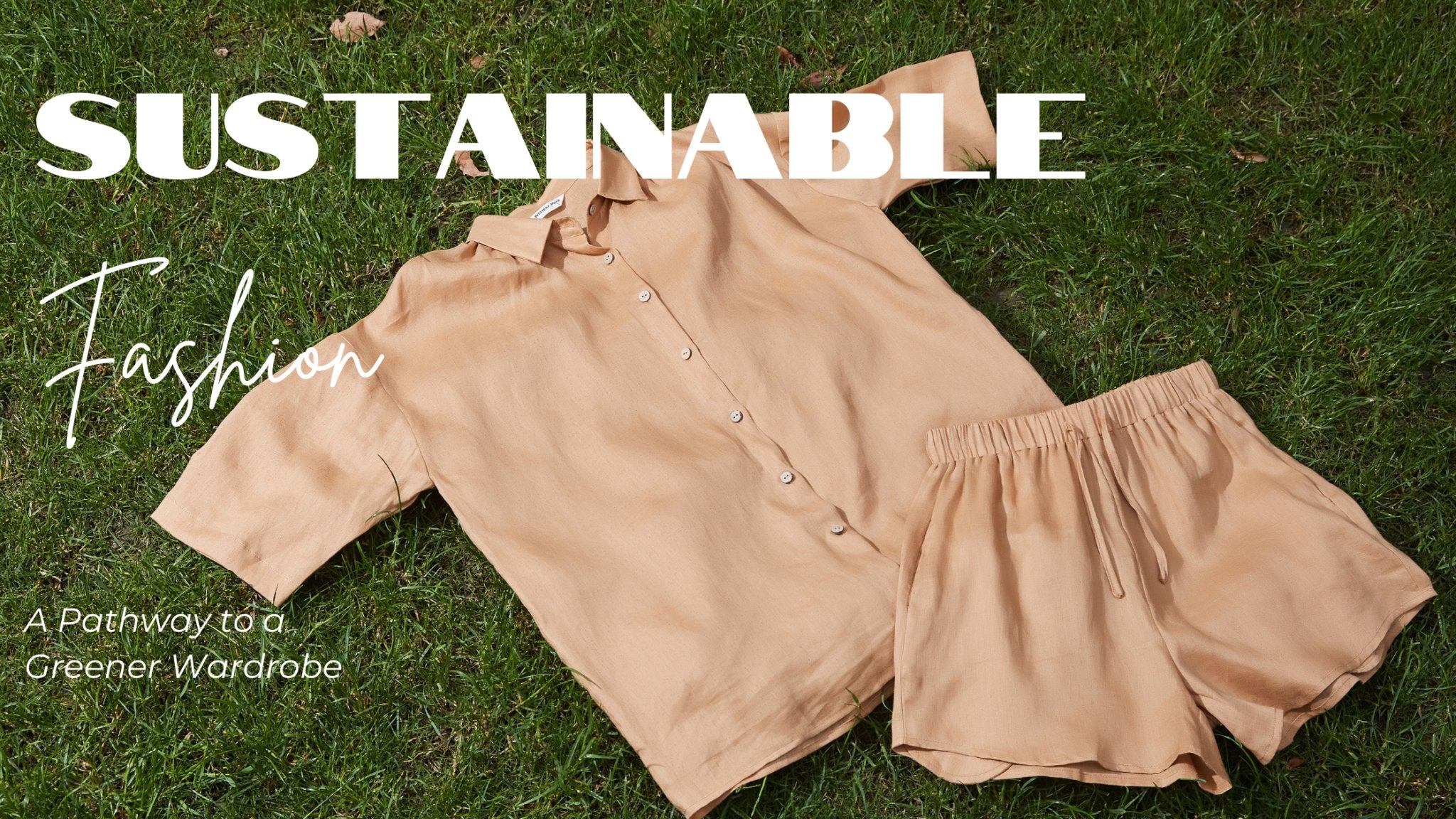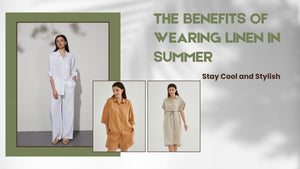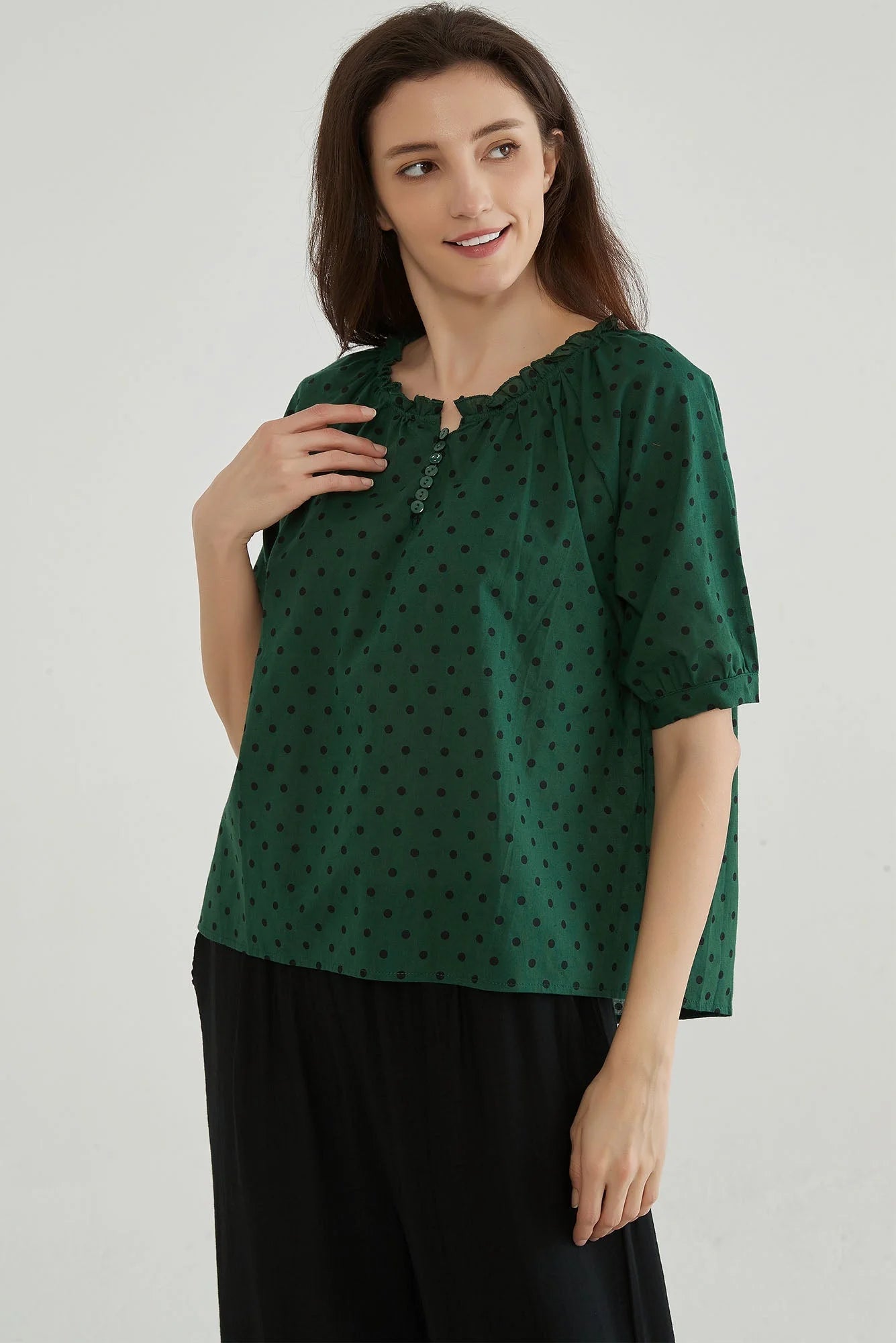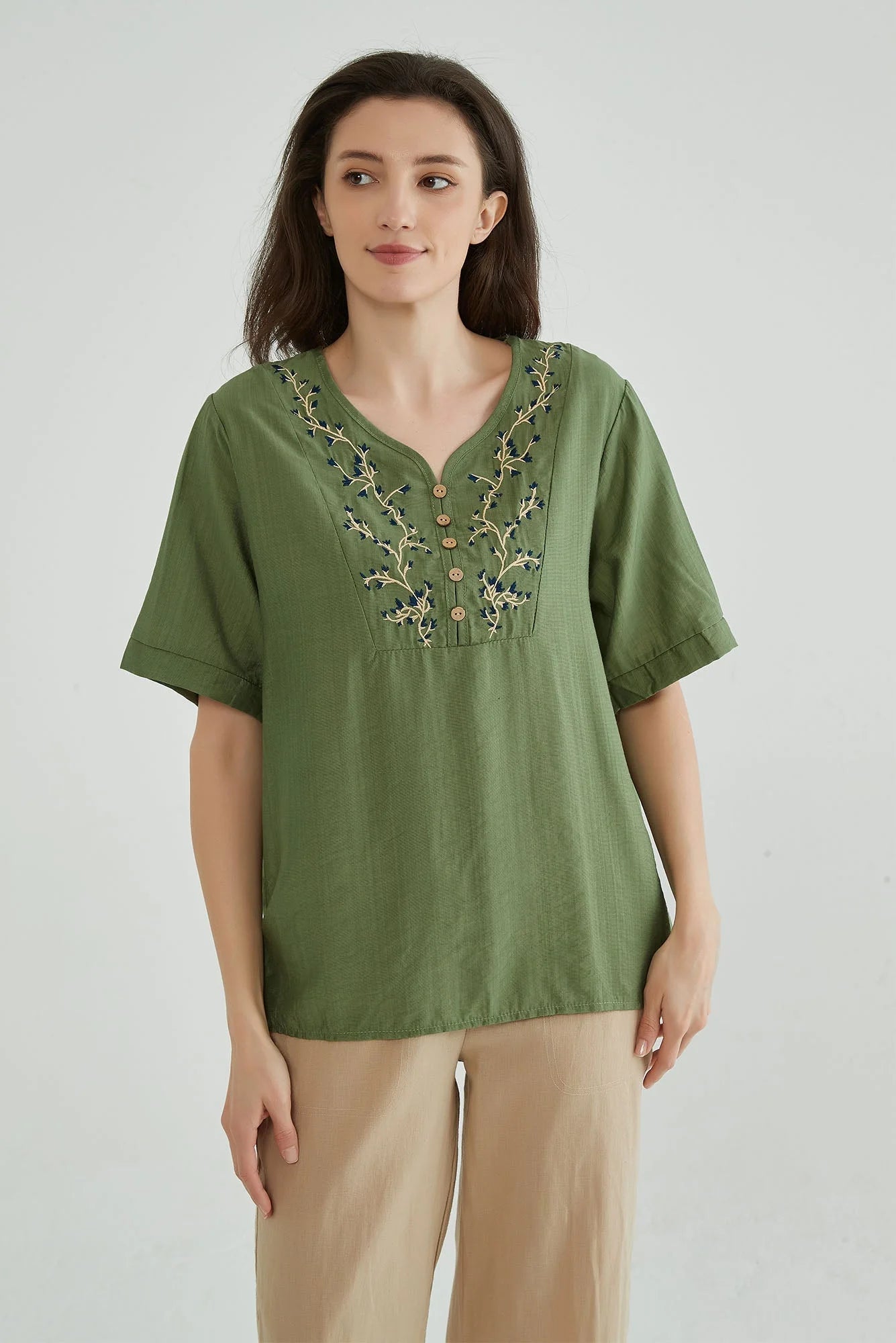Cart
0
Sustainable Fashion: A Pathway to a Greener Wardrobe
In a world where the fashion industry has long been associated with environmental degradation and exploitative labor practices, the concept of sustainable fashion emerges as a beacon of hope. With its focus on minimizing harm to the planet and respecting workers' rights, sustainable fashion offers an alternative path to dressing responsibly and stylishly. In this blog post, we will explore the essence of sustainable fashion, its key principles, and how individuals can embrace it to build a greener wardrobe.
Understanding Sustainable Fashion:
Sustainable fashion is more than just a passing trend. It encompasses a holistic approach to clothing and accessories that considers the environmental, social, and economic impact throughout their lifecycle. From the sourcing of materials to production, distribution, and even disposal, sustainable fashion seeks to create a positive change in the fashion industry.

Environmental Impact:
One of the core pillars of sustainable fashion is reducing the environmental footprint of the industry. This involves embracing eco-friendly materials like linen,organic cotton, hemp, and recycled fibers, as well as adopting innovative technologies that minimize waste and pollution. By opting for sustainable materials, we can mitigate the damaging effects of harmful chemicals and excessive resource consumption.

Ethical Production and Fair Trade:
Sustainable fashion places a strong emphasis on ethical production and fair trade practices. It encourages transparency in the supply chain, ensuring that workers are treated fairly, paid decent wages, and provided safe working conditions. By supporting brands that prioritize these principles, we contribute to a more equitable and humane fashion industry.

Slow Fashion Movement:
In a world dominated by fast fashion, the slow fashion movement offers a refreshing perspective. Slow fashion promotes quality over quantity, emphasizing durable designs that withstand the test of time. By investing in well-made, timeless pieces, we reduce the need for constant consumption, thereby minimizing waste and our environmental impact.

Circular Economy and Upcycling:
The concept of a circular economy lies at the heart of sustainable fashion. Instead of the traditional linear model of "take, make, dispose," it promotes a cycle of reuse, recycle, and repurpose. By embracing upcycling and clothing swaps, we can give new life to old garments and contribute to the reduction of textile waste.

Consumer Empowerment:
As consumers, we have the power to drive change within the fashion industry. By making conscious purchasing decisions, supporting sustainable brands, and demanding transparency, we can send a clear message that ethical and environmentally friendly practices are a priority. Educating ourselves about sustainable fashion and spreading awareness among our peers amplifies the impact of our choices.

Sustainable fashion is more than a passing trend; it represents a necessary shift towards a more responsible and conscious approach to dressing. By embracing sustainable fashion principles, we can contribute to a greener wardrobe and a healthier planet. Let's remember that every small action counts, and together, we can transform the fashion industry into one that values people and the planet as much as style.



